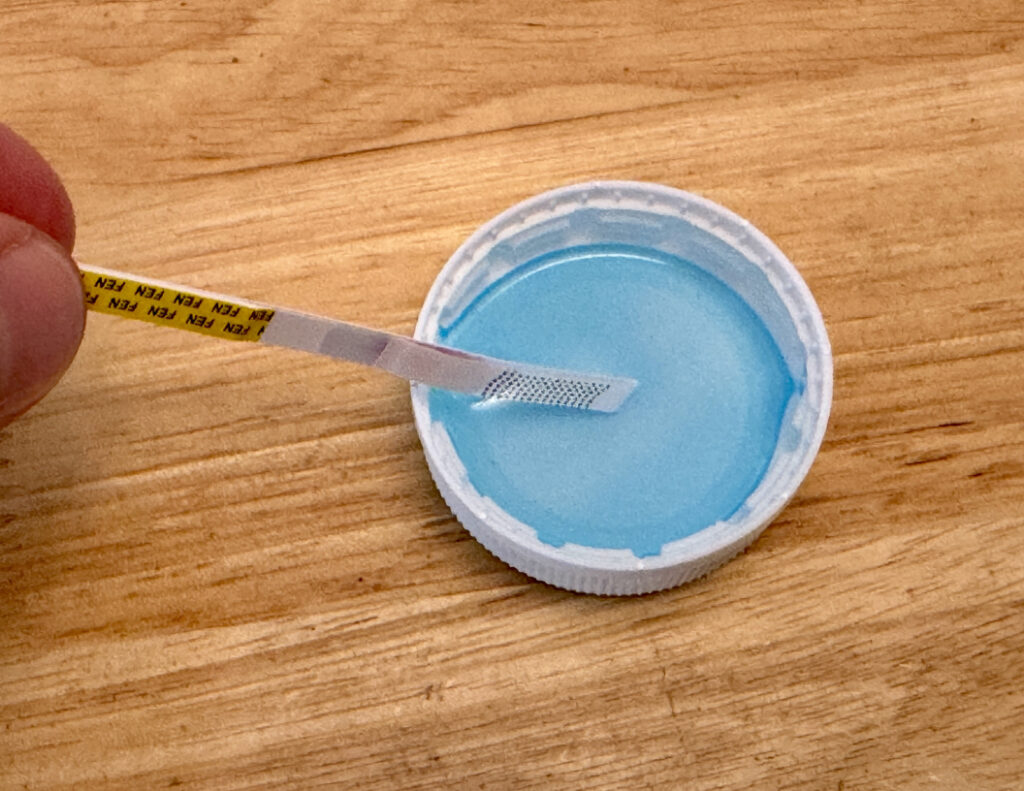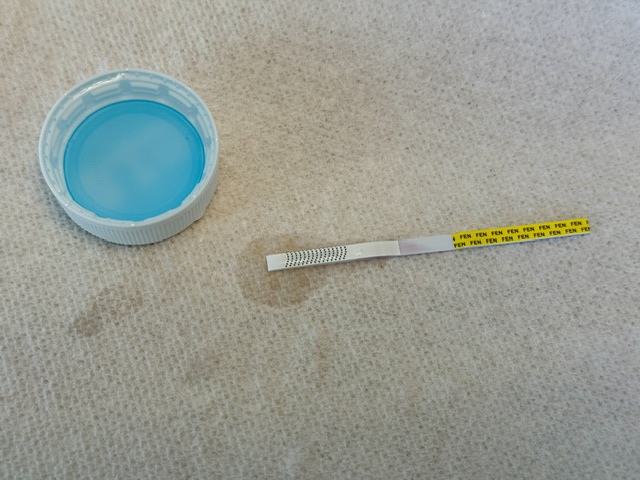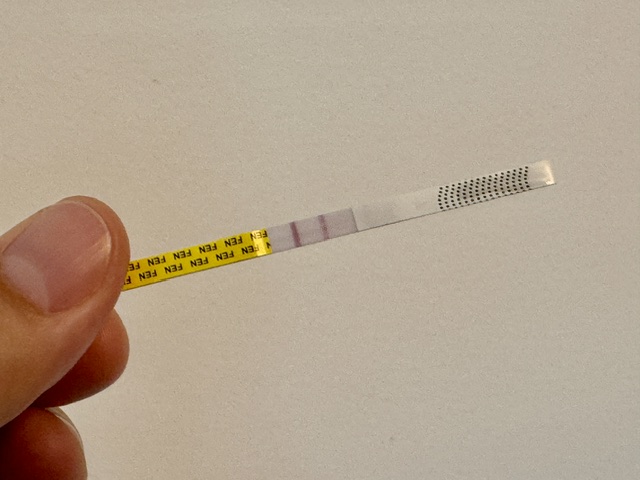

Facts not Fear
Life’s a party – beautiful, messy, and always changing. People come and go, the music changes, and not every moment feels like a celebration. Wherever your party takes you, know the facts, and stay safe.
Click on a box below for factual, bias-free information.
GET THE FACTS
RESOURCES

GET HELP
Help for Me
or
Help for Someone Else

OVERDOSE RESPONSE KIT
Get Access

TRAINING VIDEOS
SAFE Project collection of trainings

GOOD SAMARITAN LAW
What are the local laws?

DRUG POLICY
Why it matters

ABOUT SAFE PROJECT
Learn More
This campaign is brought to you by

Help us keep this lifesaving work going.
What you really need to know about fentanyl.
When we talk about fentanyl, we can be referring to:
Pharmaceutical fentanyl that has been prescribed safely and effectively for severe pain for over 50 years, and is among the most commonly used pain management drugs during childbirth.
Illicitly manufactured synthetic fentanyl made and sold outside of the controls and safety of the pharmaceutical market. This can be similar to pharmaceutical fentanyl, but vary in many ways due to the unregulated nature of the illicit market where ensuring quality, dosage, and safety are more difficult.
- Fentanyl is an opioid drug that acts upon the opioid receptors in the brain.
- Fentanyl is approximately 50 times more potent than heroin and produces more immediate yet shorter lasting effects.
- When opioid receptors are activated in our nervous system, our breathing slows.
- With opioids as intense as fentanyl, it doesn’t take much to depress breathing to dangerously low rates or to stop breathing entirely – what we call an opioid overdose.
The most reliable way to distinguish between a prescription and an illicitly manufactured drug is to find the source. Even if it’s a pill, if you can’t guarantee it came from a pharmacy, caution is critical.
When it comes to pills, powders, and crystals, if you don’t know exactly where it came from: test it and never use alone.

NALOXONE TRAINING
Everyone should be informed about naloxone and know how to effectively respond to an overdose.
Get a certificate for completing the training by clicking the “Free Training” button.

FENTANYL TEST STRIPS
You can test your substance(s) for fentanyl with affordable, easy-to-use strips that tell you in three minutes whether fentanyl is present. Test strips can help you stop an overdose before it happens.


The Chocolate Chip Cookie Problem
Here’s the deal: one of the biggest challenges with fentanyl is not knowing how much of it is in what you’re taking. There’s no regulation or consistency when it comes to street drugs, which means the amount of fentanyl can vary a lot — even within the same batch.
Think of it like a chocolate chip cookie. One bite might have a tiny chip, another might be loaded with chocolate, and some bites have none at all. The difference? With a cookie, that’s part of the fun. But with substances that might contain fentanyl, you can’t see or taste the difference — and even a small amount in one spot can be dangerous. Testing helps, but it can’t always catch uneven distribution.
Why Fentanyl is So Risky
- It’s Strong: Fentanyl is way more potent than most other opioids — even a little can hit hard.
- It’s Unexpected: It’s often mixed into other substances without people realizing it.
- It’s Quick: It acts fast, which means if something goes wrong, it can happen before you even realize it.
The takeaway? Knowledge of the presence of fentanyl, even if you can’t test for concentration, is critical to preventing overdose.
How to Navigate Risk
Fentanyl is most often found and sold in three forms: pills, powders, and crystalline drugs.
For those that use drugs, there are a number of risk reduction techniques that are important:
First, let’s look after each other. Never use drugs alone if you can help it. Resources such as the Never Use Alone Lifeline or Safespot Hotline can help.
For individuals who primarily inject their drugs, it is important to slow down and consider alternatives.
One of the most tragic yet empowering truths is that every opioid overdose death is preventable and reversible if naloxone is used in time by someone willing to help.
Even if you don’t use, or aren’t using, you can still help others out! Carrying fentanyl testing strips with you can allow you to distribute these tools to folks who could use them. For example, if you’re at a party or festival, and you see folks intending on using together, help keep them safe by offering fentanyl testing strips.
Have at least two doses of naloxone on hand. Naloxone is very effective at saving lives in the instance of an opioid overdose, particularly if used quickly after the onset of emergency symptoms by a bystander.
Be prepared to intervene with naloxone. If you have not yet been trained on how to use or obtain naloxone, check out our Opioid Overdose Response Training!

How Can I Get Naloxone?
- Pharmacy: Many pharmacies, both chain and independent, now offer naloxone without a prescription. In fact, NARCAN® (a brand name naloxone nasal spray) is now available over-the-counter!
- Insurance: Naloxone is accessible to most insurance holders for a $0 copay. Contact your health insurance provider to find out your coverage and co-pay requirements.
- Public health departments: Check with your public health department as they often distribute naloxone and may provide training on its administration.
- Community events: Keep an eye out for community events, workshops, or health fairs where naloxone may be available, and training on its use may be provided.
- Local Harm Reduction Agencies: Many are able to offer naloxone and training on how to respond to an opioid overdose, and may have other services that can be helpful for individuals who use drugs and their network. Check for resources in your state via NASEN.
- Naloxone by Mail: If none of these options above work for you, check out NEXT Distro!


Check drugs with fentanyl testing strips.
Knowledge of the presence of fentanyl is critical to overdose prevention, even if testing strips cannot show how much fentanyl there may be.
How to use Fentanyl Test Strips
Testing strips test for the presence of fentanyl, but not the amount of fentanyl in the tested sample. Additionally, not all strips are consistent in their sensitivity and their ability to test for drugs similar to fentanyl, or even all of the types of fentanyl, that may also be in your drugs. Always use carefully, never use alone, and make sure you have naloxone around.
Most kits follow some variation of the below steps, with instructions varying by the substance you intend to test. Please always refer to the instructions that come with your specific testing kit.
1. Add water to an empty container like a bottle cap with residue and mix well. If using pills, break off a piece and stir into the water with a swab. Wait at least 15 seconds.
2. Dip the testing end of the test strip into the container or bottle cap. Do not dip past the thick line labeled “MAX.” Remove the strip after 15 seconds.

3. Wait two minutes until lines appear in the middle of the test strip.

4. Check the test results. One line means the substance has fentanyl in it. No substances are 100% safe.

WHERE TO GET FENTANYL TEST STRIPS
Your local Harm Reduction Agency or Health Department may offer fentanyl test strips at discounted prices or even for free. Check the resources available in your area.
There are many different brands of affordable fentanyl test strips available for purchase in stores or online at retailers like Amazon and Wal-Mart.
Please note fentanyl test strips are considered drug paraphernalia in Idaho, Indiana, Iowa, North Dakota, and Texas. Please check the legal status in your area.

The Data:
There are over 100,000 overdose deaths each year in the United States — as a point of comparison, the largest U.S. football stadium at the University of Michigan holds 107,000 people.
Currently, about 70% of overdose deaths each year involve a synthetic opioid.
Drug overdose death rates are highest for adults between the ages of 35 and 44 years old, with the 24-34 year old age group following closely behind. In addition to these deaths, there are approximately 17,000 prescription opioid-related deaths and 9,000 heroin related overdose deaths annually.
In today’s drug market, it’s important to understand that most overdoses involve a mixture of drugs, often taken together within what appears to be a single product like a pill or powder.
It can be helpful to zoom out to the larger scale of opioid use and overdose impact to understand how we can help. Overall, approximately 8.9 million Americans misuse opioids each year. Of that 8.9 million, about 1 million self-report having used fentanyl. However, this is considered to likely be a significant underestimation due to individuals often not being aware of if/when fentanyl is in their drugs.
As fentanyl has largely saturated the drug market, all of these influences have now contributed to a situation where individuals don’t know about fentanyl, can’t tell which drugs do or don’t have fentanyl, or have a lack of alternatives that don’t contain fentanyl at all.
As a result, over 70% of the more than 100,000 overdose deaths annually in the United States involve a synthetic opioid — but it doesn’t have to be this way.


NALOXONE
naloxone
naloxone
naloxone

WHAT IS NALOXONE?
Naloxone is a medication used to reverse opioid overdoses that’s non-addictive and available over the counter at major retailers and pharmacies. It helps people start breathing normally again when their central nervous and respiratory systems are in danger.
The best part? You don’t have to be a medical professional to give it to someone. By being prepared and carrying naloxone, you’ll be ready to help someone overdosing on heroin or other opioids including those with a prescription.
TAKE THE TRAINING AND SHARE WHAT’S IN YOUR BAG
In just 5 minutes, I learned how to use naloxone to reverse an opioid overdose. When it’s time to go out, I make sure I have fentanyl test strips and naloxone in my bag. #LifesaParty
